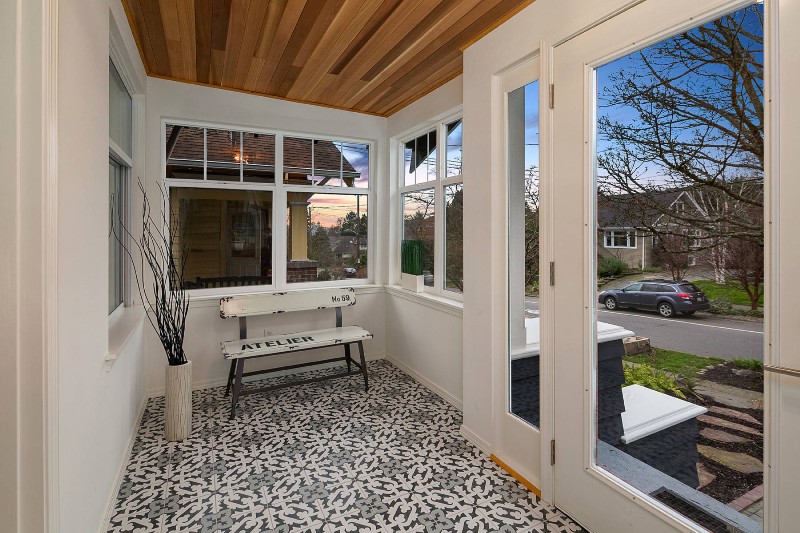
According to Mark Roemer Oakland, since the introduction of smartphones, brands have slapped “smart” across all kinds of products and services. If you’re a traditional gardener, you may be skeptical about smart gardening. Let’s check out smart gardening and figure out if it’s worth your time.
The Details
1. Smart pot – Smart pots with self-watering features are probably the first investment most people would make while transitioning to a smart garden. Self-watering pots use a reservoir system that uses capillary action to keep the soil moist. You just need to fill the reservoir once every week or once every two weeks. The smart pot has sensors that can measure the sunlight, moistness of the soil, humidity, and other such factors to release the right amount of water into the soil. These pots can also be programmed according to a plant’s unique hydration needs.
2. Smart plant monitors – Smart plant monitors can be inserted into the soil and measure the temperature, and moisture levels, track the sun and some can even figure out the changing nutrient content of the soil. All that information tracking allows you to closely monitor the growth of your plants with changing conditions and figure out the best possible way to improve the produce, shape, or other attributes of the plant.
3. Smart sprinklers – Smart sprinklers are also a big part of smart gardening. They are connected to your home’s Wi-Fi network. However, you may need to strengthen or extend your home’s Wi-Fi network to the yard.
These sprinkler systems use the information from other sensors and devices in your smart garden to precisely control the quantity of water that goes into the soil through drip irrigation. These sprinklers can be programmed to the plant’s specific needs and can also be controlled remotely via an app since they are connected to the internet via your home’s Wi-Fi network.
4. Automatic lawn mowers – Lawns are a waste of yard space due to their desire for water and no tangible ecological benefits. However, if you insist on maintaining your lawn or are forced to do so by the local HOA, you may invest in an automatic lawn mower. These machines are similar to the robot vacuums in your home. They can map the lawn and use GPS navigation to trim the grass to your desired level with a tap on your smartphone.
5. Smart Garden Lighting – Smart garden lighting is made of outdoor garden lighting fixtures that are connected to your home’s wireless network and can be controlled with an app or a smart home assistant. You can control everything from the timing, brightness, and sometimes even the color of your garden lights. It’s best to get smart garden lights that come with motion sensors to save you even more power.
Conclusion
Mark Roemer Oakland believes that smart gardening has a lot of advantages and even allows optimized indoor farming to provide you with a secure and nutrient-rich food supply throughout the year. It also makes gardening less labor-intensive and helps to save more resources.
